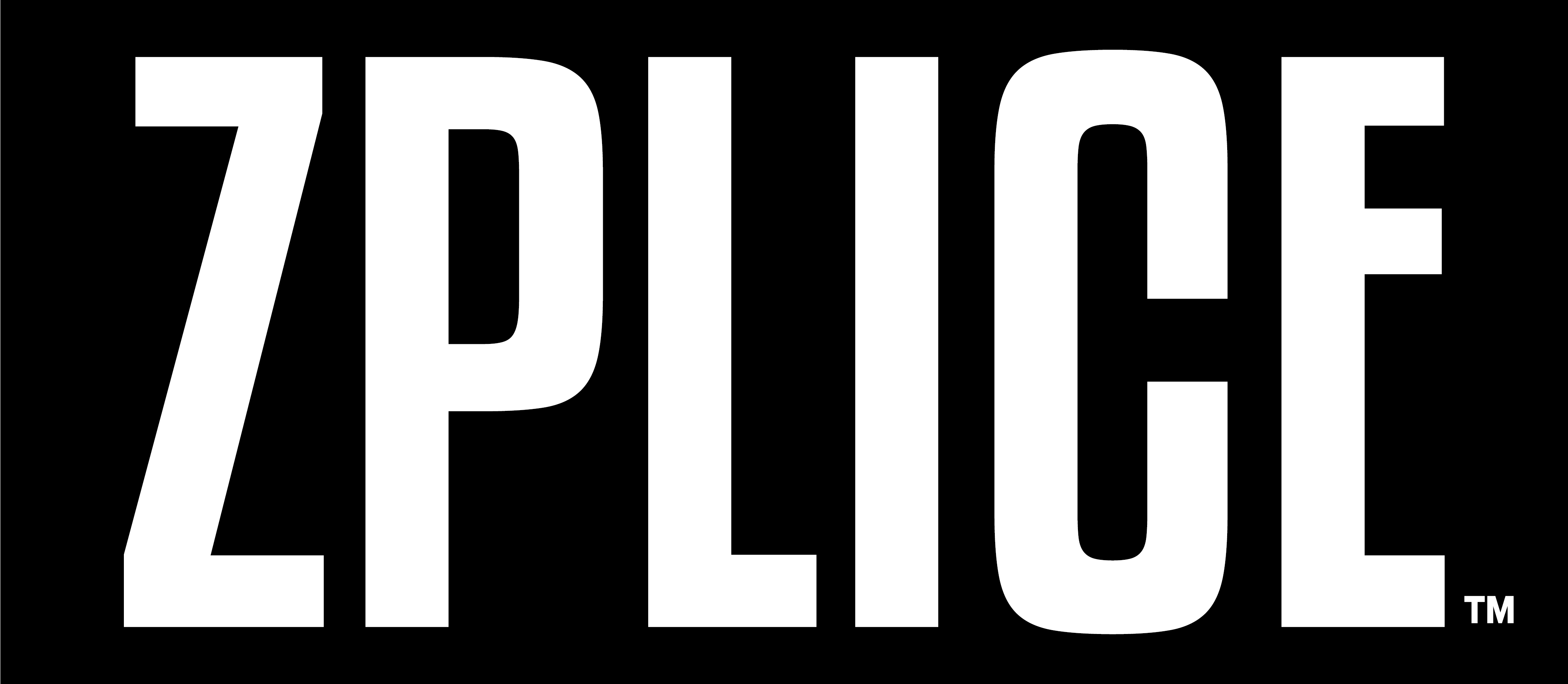The Rise of Gen Z Video Content Creators: A Shift in Online Participation
The internet has undergone a significant transformation since its early days, and the way people interact with online platforms has changed dramatically. In the past, the majority of users were considered “lurkers,” individuals who observed and consumed content without actively participating. However, recent survey data from YouTube suggests that this trend is reversing, particularly among Gen Z.
A Shift in Online Behavior
Traditionally, tech experts have referenced a guideline suggesting that only one out of every ten users in an online community typically contribute new content, while the majority simply engage by viewing images, videos, or other updates. This phenomenon was often referred to as the “90-9-1 rule,” where 90% of users were lurkers, 9% contributed occasionally, and 1% were active contributors. However, the survey conducted by YouTube indicates that younger generations are challenging this norm, with more individuals now actively participating rather than passively observing.
The Rise of Gen Z Content Creators
The survey reveals that the majority of Gen Z describe themselves as video content creators. This shift in online behavior is significant, as it indicates that younger generations are more likely to engage with online platforms in a more active and creative way. This trend is not limited to YouTube, as other social media platforms such as TikTok, Instagram, and Snapchat have also seen an increase in user-generated content.
What’s driving this shift?
There are several factors contributing to this shift in online behavior. One reason is the increasing accessibility of technology and the internet. With the widespread availability of smartphones and high-speed internet, it’s easier than ever for individuals to create and share content online. Additionally, social media platforms have made it easier for users to create and share content, with features such as live streaming, filters, and editing tools.
The Impact on Online Communities
This shift in online behavior has significant implications for online communities. With more users creating and sharing content, online platforms are becoming more dynamic and interactive. This, in turn, is leading to a more engaged and active user base, where individuals are more likely to participate in discussions, share their opinions, and connect with others.
Benefits for Online Platforms
This shift in online behavior also has benefits for online platforms. With more user-generated content, platforms can reduce their reliance on professional content creators and advertisers. This can lead to a more diverse range of content, as well as a more authentic and engaging user experience.
The Future of Online Interaction
As Gen Z continues to shape the online landscape, it’s likely that we’ll see even more innovative and creative forms of online interaction. With the rise of virtual and augmented reality, it’s possible that we’ll see even more immersive and interactive online experiences.
What does this mean for marketers and advertisers?
For marketers and advertisers, this shift in online behavior presents both opportunities and challenges. With more user-generated content, it’s becoming increasingly important to understand how to effectively engage with online communities and create content that resonates with users. This may involve adopting new strategies, such as influencer marketing and user-generated content campaigns.
The Importance of Authenticity
One key takeaway from this shift in online behavior is the importance of authenticity. With users increasingly skeptical of traditional advertising and marketing tactics, it’s becoming more important than ever to create content that is genuine, relatable, and engaging. This may involve partnering with influencers and content creators who have built a reputation for authenticity and trust with their audiences.
Conclusion
The rise of Gen Z video content creators marks a significant shift in online participation, with more individuals actively participating rather than passively observing. This trend has significant implications for online communities, marketers, and advertisers, and highlights the importance of authenticity and engagement in online interactions. As the online landscape continues to evolve, it will be interesting to see how this trend develops and what new opportunities and challenges arise.





